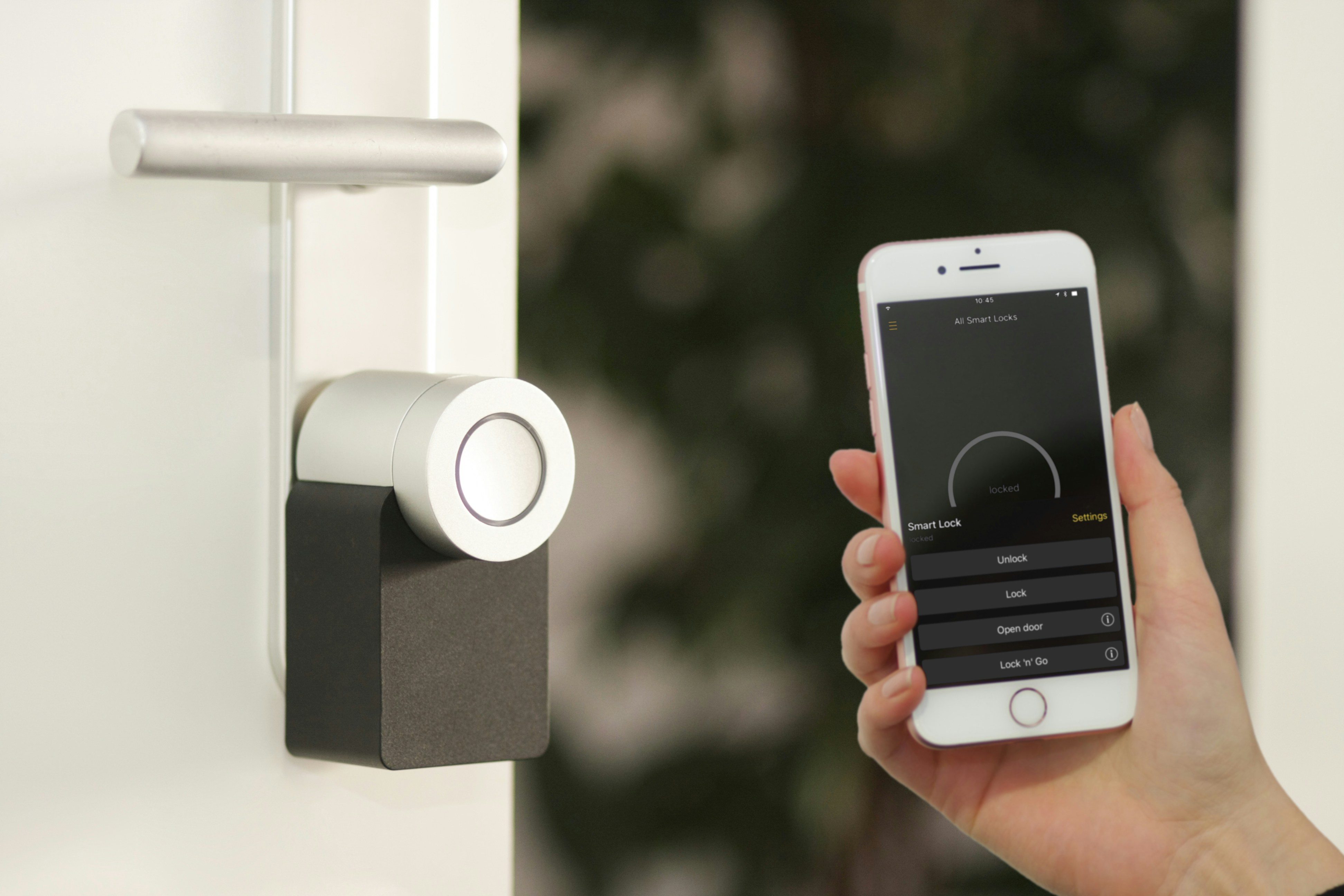
Tips for Setting Up Smart Home Devices to Promote Wellbeing
Walking through your front door, you find a home that quietly adapts to your comfort and health. Lights dim to a gentle hue, the room feels perfectly warm or cool, and crisp air flows in—all without any effort on your part. By using smart home devices, you can create an environment that encourages restful sleep and maintains cleaner air. This guide explains how to choose the right products, organize your system, and set up automatic routines that promote relaxation and help you stay active. Each section provides practical tips to make your living space more supportive of your daily wellness.
Choosing the Right Devices
Pick the right gear by focusing on performance, ease of use, and compatibility. Use tools that work together and provide real benefits for rest, focus, and mood.
- Ease of setup: Select models with clear apps and quick pairing.
- Cross-compatibility: Choose brands that work well with major hubs like Amazon Echo or Google Home.
- Energy efficiency: Check energy ratings and standby power consumption.
- Sensors and accuracy: For air quality or sleep tracking, select sensors with proven accuracy.
- User feedback: Read real reviews on battery life, app stability, and firmware updates.
Devices that fit your daily routines and don’t clutter your space make the biggest impact. Focus on a handful that cover key areas: lighting, climate, and air quality.
Planning Your Smart Home Layout
Determine where each device will go. Think of high-traffic spots first: living room, bedroom, home office. Position sensors near doors or windows to detect drafts or changes in air quality.
Create zones based on function. One zone could handle morning wake-up routines with bright lights and a gentle alarm. Another zone might focus on evening wind-down with dimmers and temperature adjustments. Draw a simple floor plan and mark where each gadget will fit. Planning this flow saves time and ensures automation triggers exactly where you need it.
Setting Up Sleep and Relaxation Controls
Good rest forms the foundation for healthy living. Follow these steps to configure bedroom tech that helps you fall asleep and wake up refreshed.
- Install a smart bulb like Philips Hue near your bed or ceiling. Link it to your hub app.
- Create a “Relax” scene: set lights to warm, low brightness. Save this in your app.
- Add a smart plug under your nightstand lamp. Schedule it to turn off at your ideal bedtime.
- Place a white noise speaker or smart speaker on a shelf. Use a sleep playlist and set a 30-minute timer to fade the sound out.
- Use a smart thermostat or a sensor like Nest Thermostat. Program a gradual temperature drop of 2–3 degrees as you approach sleep time.
- Schedule a gentle wake-up: program bulbs to increase brightness 15 minutes before your alarm, and start music softly through your speaker.
This setup adjusts light, sound, and temperature to help your body settle into restful states. Small tweaks can significantly improve sleep quality.
Monitoring Air Quality and Lighting
Clean air and proper lighting boost energy and focus. Installing a compact air sensor in your main room helps you track pollutants. Models such as Awair Element or Airthings Wave measure VOCs and CO2 levels.
Connect your air sensor to a smart fan or purifier. Set rules: if VOCs rise above 500 ppb, turn on the purifier at 70 percent power. Adjust your lights to mimic daylight during peak hours, then shift to warmer tones after sunset to support your circadian rhythm.
Creating Healthy Routines with Automation
Smart routines remind you to move, hydrate, and unwind. Use these ideas as a starting point.
- Hydration alert: set a reminder through your smart speaker every two hours with a gentle chime.
- Posture check: schedule a timer on your wearable or hub to vibrate if you’ve been sitting for more than 45 minutes.
- Evening stretch: at 8 p.m., dim lights and send a prompt to your phone with a three-minute stretch video.
- Outdoor break: if your indoor CO2 exceeds 1,000 ppm, flash a light or send an app alert to open a window for five minutes.
- Morning sunlight simulation: connect blinds with motorized controllers to lift shades gradually at sunrise.
These simple triggers introduce healthy breaks into your day. You won’t need to remember every task—your setup manages it.
Maintenance and Security Best Practices
Secure your network. Start by creating a separate Wi-Fi band for smart devices. Use strong passwords and enable two-factor authentication on your hub account. Update firmware monthly to fix potential vulnerabilities.
Clean sensors and bulbs every few months to avoid false readings. Check battery levels and replace batteries before they drop below 20 percent. Review your routines quarterly: delete triggers you no longer need and adjust timings based on what feels most natural.
This smart home plan simplifies daily chores and improves wellness through easy setup and routines. Technology helps you achieve better sleep, cleaner air, and consistent energy.